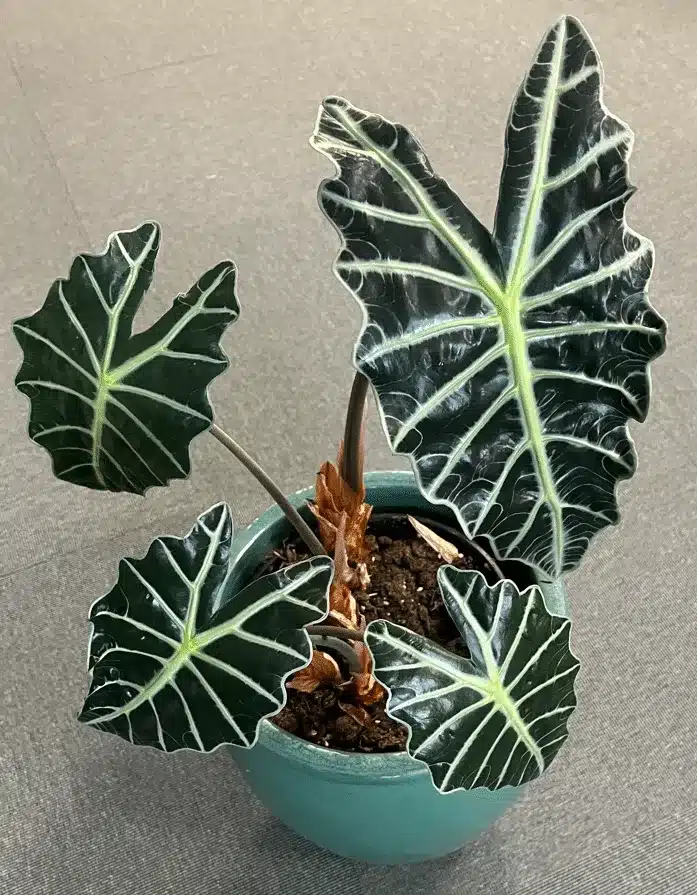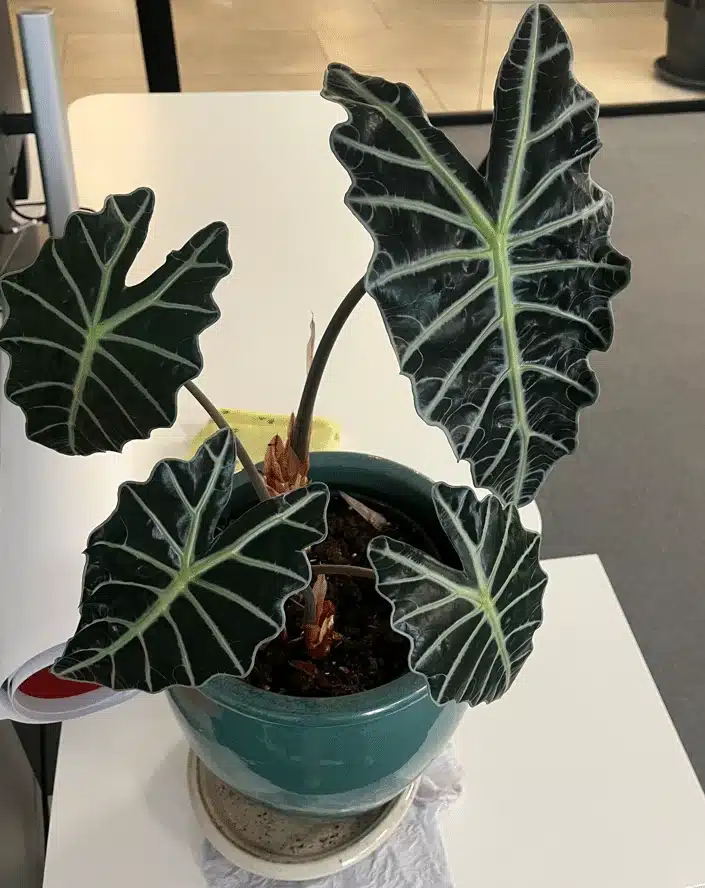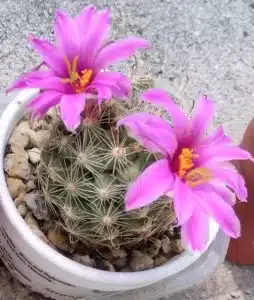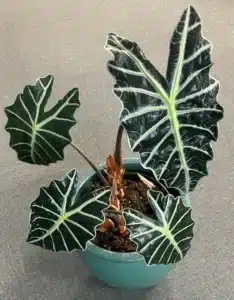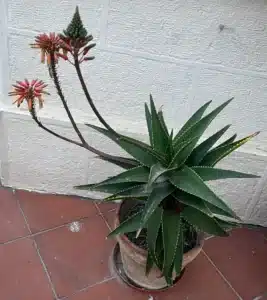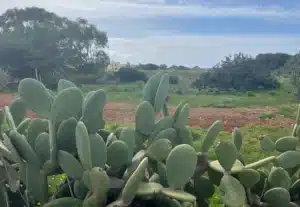
FAQ - Alocasia
Most frequent questions and answers
Yes, unfortunately, Alocasia species are toxic to both cats and dogs if ingested. Keep these plants out of reach of curious pets to avoid any mishaps.
Alocasia species generally benefit from repotting every 1-2 years, or when they outgrow their current container. Spring is the ideal time for repotting, as it coincides with the start of the growing season.
Yes, many Alocasia species can be grown outdoors in USDA hardiness zones 9-11, provided they are protected from direct sunlight and frost.
Yellowing leaves on Alocasia can be caused by a variety of factors, including overwatering, underwatering, or insufficient light. Evaluate your care routine and make adjustments as needed to keep your plant healthy.
The size of Alocasia species can vary depending on the variety and growing conditions. Some species, such as Alocasia macrorrhiza, can grow quite large, while others, like Alocasia Polly, remain more compact.

